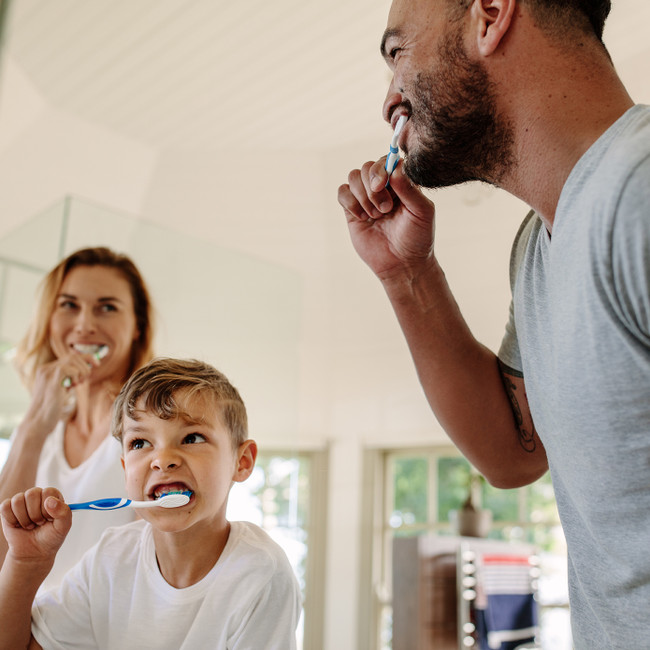
Learn how water savings can turn into electric savings
Did you know your water-saving showerhead or faucet aerator can save you electricity? Electricity and water are interconnected: the production and use of one affects the other.
The most obvious effect water has on electricity is that saving hot water can help you save on your electric water heating utilities. The less water to heat for a shower or washing dishes, the more electricity you can save if you are using an electric water heater. Some of these savings equate to over 1,100 kWh (kilowatts hours) per year – or $129 – if if you were to upgrade to a high-efficiency showerhead. 1
The lesser known way conserving water can reduce electricity use is through the water pump and purification systems. According to the United States Environmental Protection Agency (EPA), drinking water and wastewater systems are one of the largest consumers of energy within a municipality. The EPA also states energy use for a typical drinking water system is 1,500 kWh per million gallons. 2
By learning how you can reduce water use, you can positively affect the energy savings of your household and community. Below are some helpful terms when choosing the correct water-saving product for you.
GPM (gallons per minute): The number of gallons of water that flows from a fixture per minute. A standard showerhead fixture uses 2.5 gmp of water, while a standard faucet aerator uses 2.2 gp,.
Flow rate: The measurement of how much water flows from your showerhead, faucet aerator or other nozzle each minute. Usually, the rate is measured in gallons per minute (shortened to gpm). The lower the flow rate, the better efficiency—and greater hot water savings—a fixture has.
WaterSense® labeled: The seal of approval from the EPA’s WaterSense® program, which classifies a fixture as saving water while producing enough water pressure to perform efficiently. Each fixture must undergo performance testing that measures the volume of water a fixture produces and the amount of force of the water expelled from the fixture.
Bubble spray pattern: A splash-free spray of water that flows from a fixture. This is achieved by mixing water and air together to form a larger, solid column of water that has increased pressure but provides a soft touch. This type of spray pattern is commonly used on bathroom faucets but can also be used on kitchen faucets, as well.
Stream spray pattern: A powerful spray pattern that produces several individual streams for increased water pressure and full coverage. This spray pattern is commonly used on kitchen faucets.
Dual spray: A faucet aerator that produces both a bubble and a stream spray. The user can switch between the two spray patterns.
Dual thread: Having both threads on the inside and outside of the fixture connection to be able to install on a female- or male-threaded faucet.
1. Three-person households each using a shower 9 minutes per day, 365 days per year (AWWARF Residential Study)
- Comparing water use with these showerheads vs. a standard 2.5 gpm unit
- US city average water and sewer cost of $8.30 per 1,000 gallons (study done by NUS Consulting Group 2011)
- Average cost of electricity $0.113 per kWh (Energy Star Nov. 2013 Light Bulb Calculator — http://www.energystar.gov/?c=cfls.pr_cfls_savings)
2. https://www.epa.gov/sites/production/files/2015-04/documents/epa816f13004.pdf
